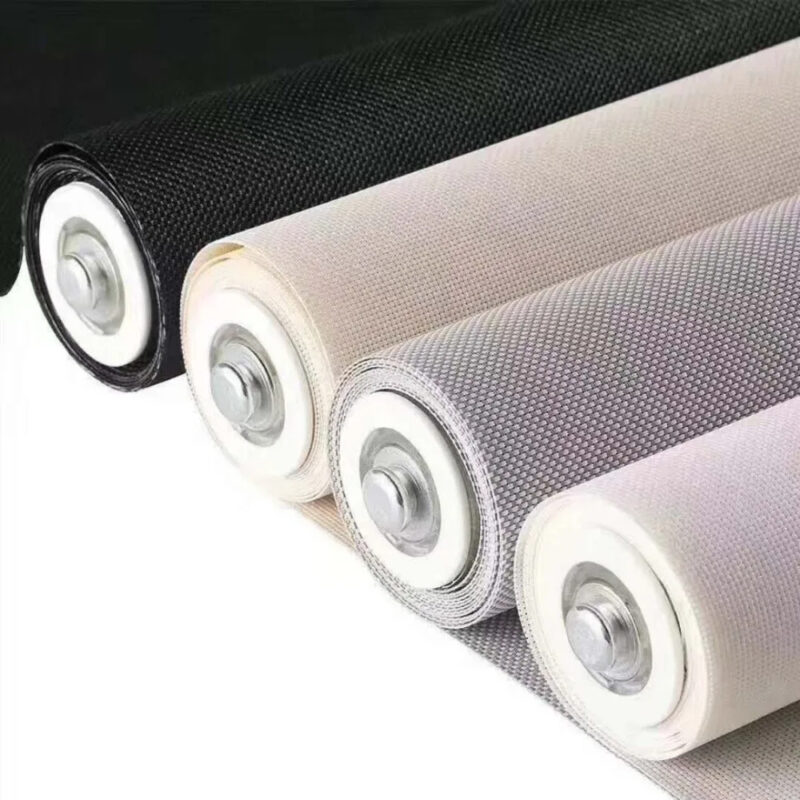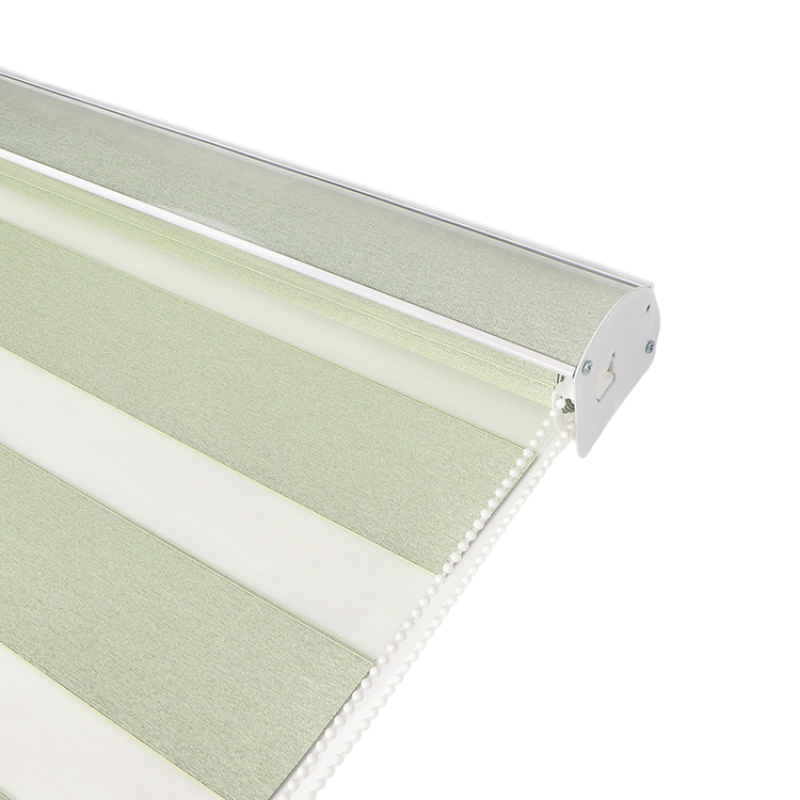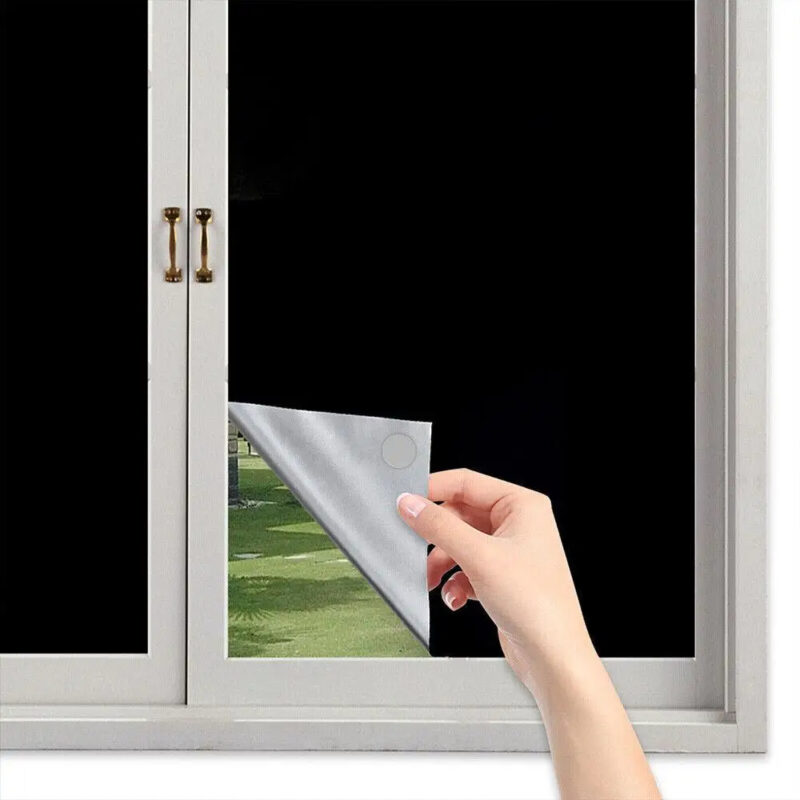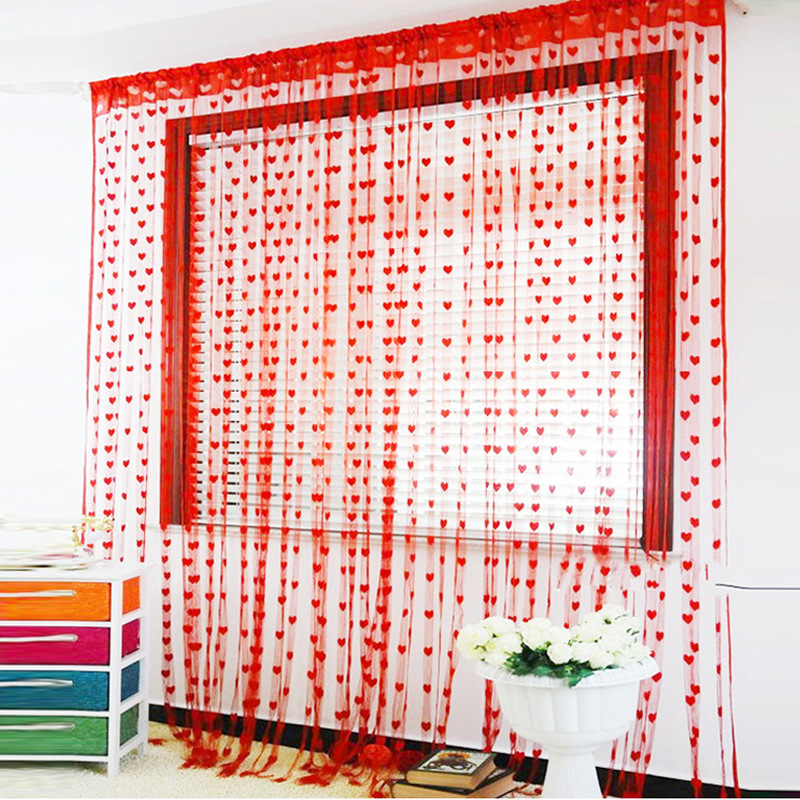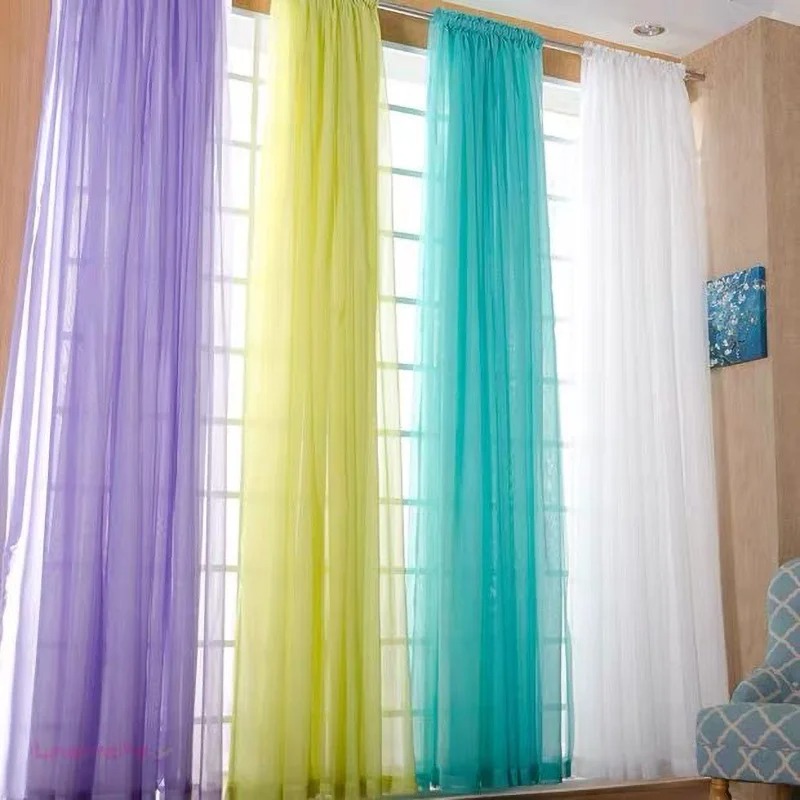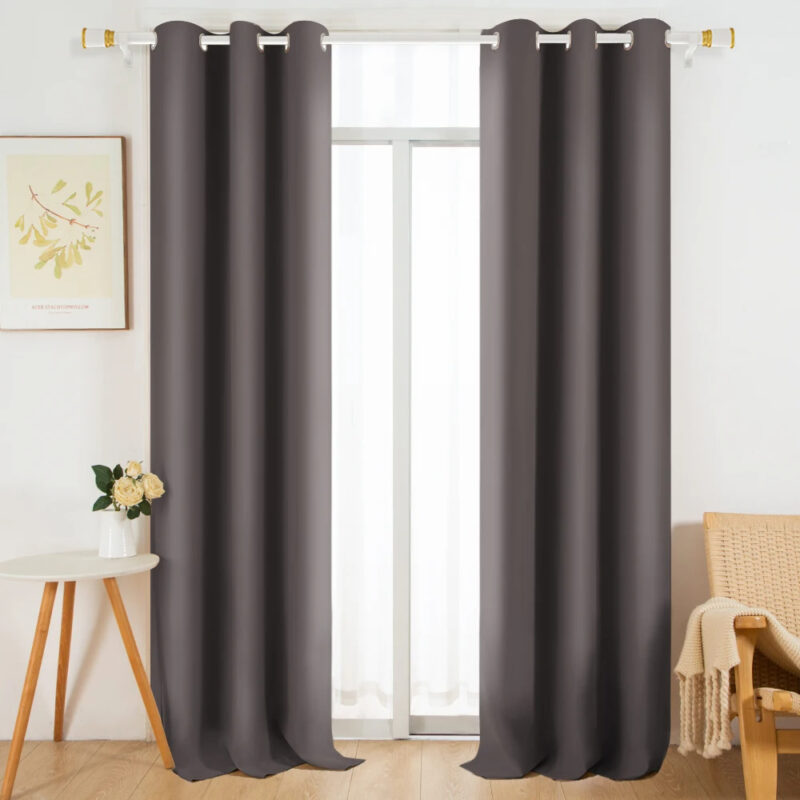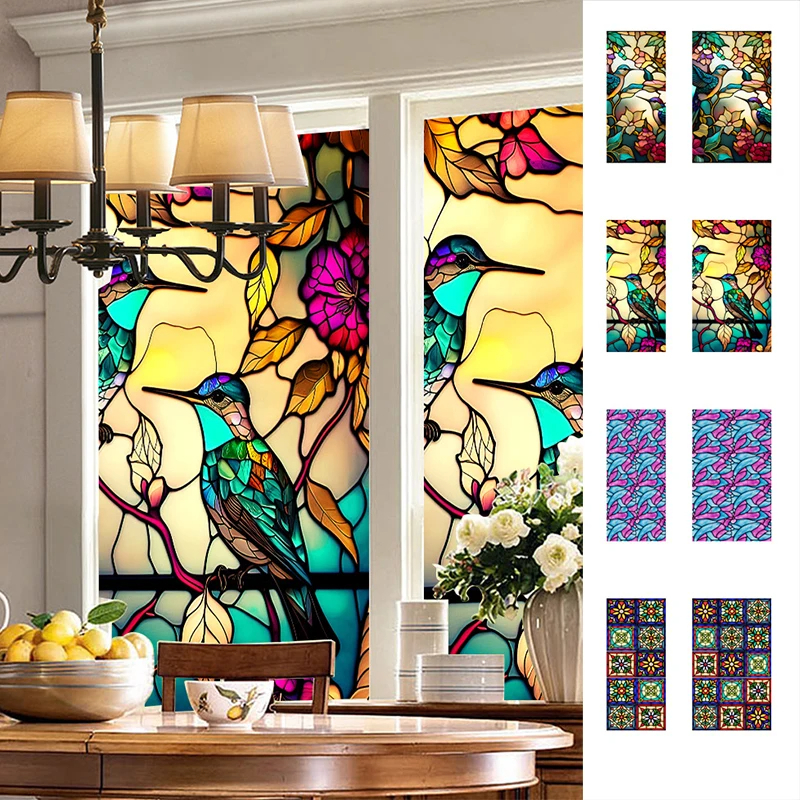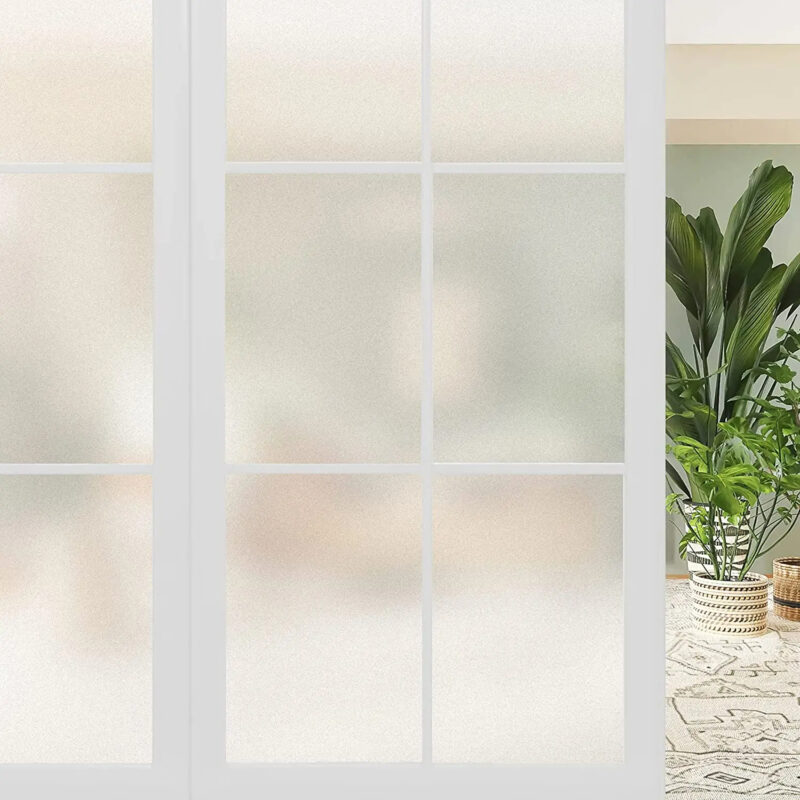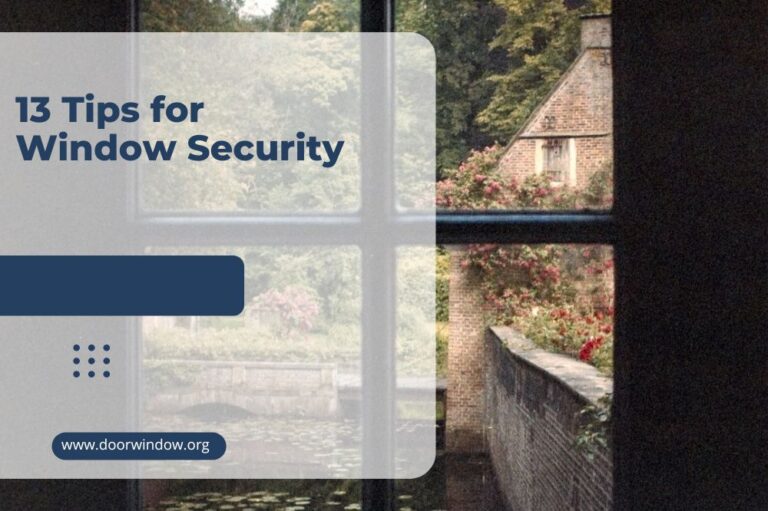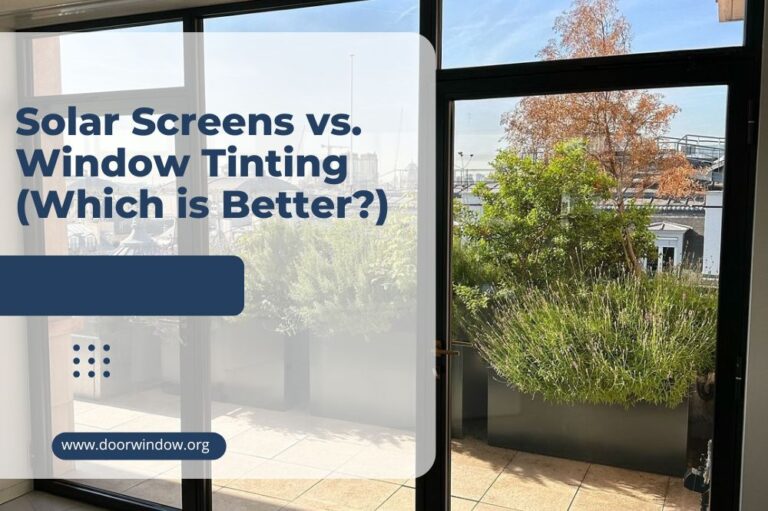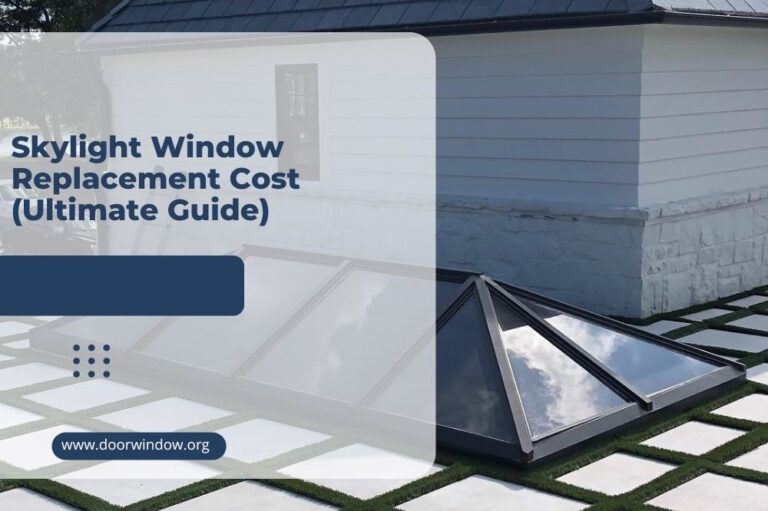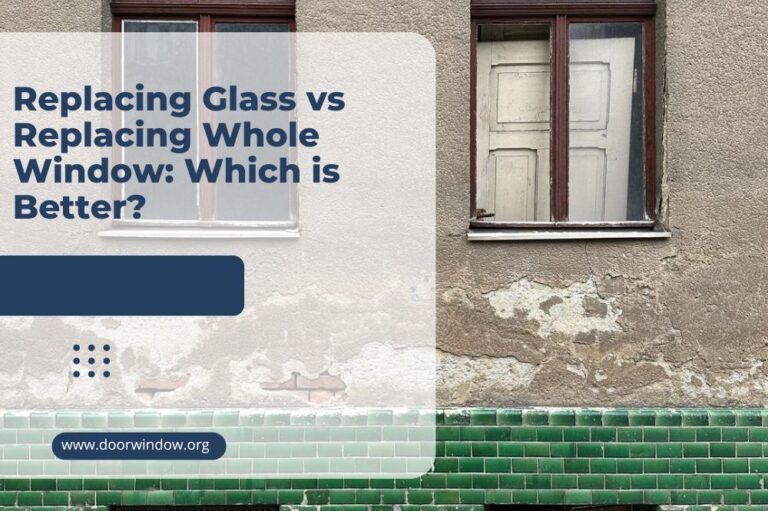How Much Does Smart Window Cost? (Aveage Price)
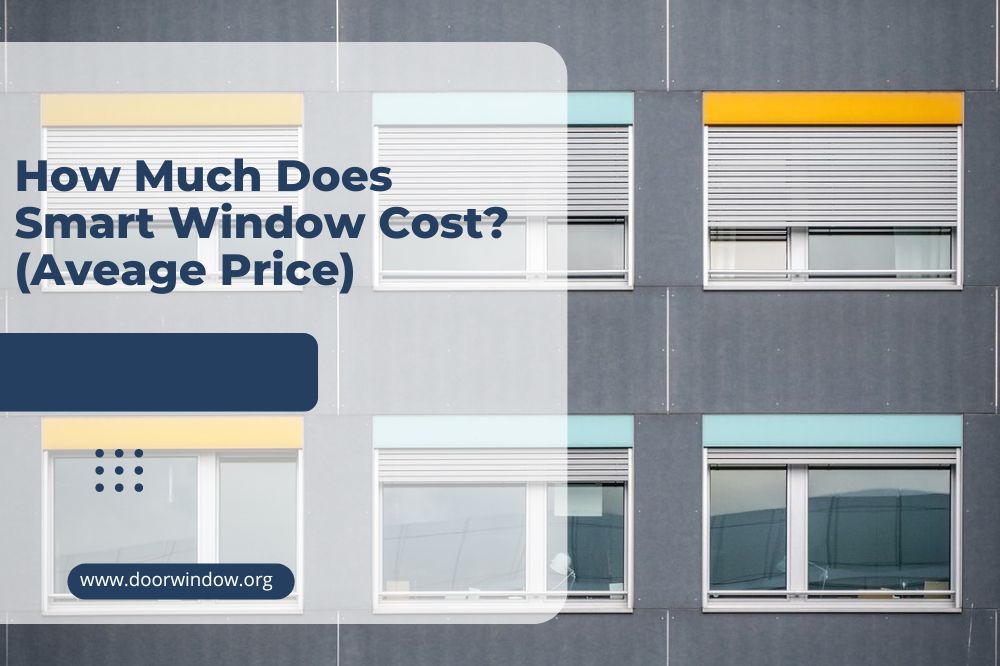
Smart glass, also known as switchable glass or LCG (light control glass), is used to create windows that can control the amount of light that passes through. These windows are great for controlling the brightness or privacy of a room, and the technology is paving the road for many areas of design.
Smart windows may cost anywhere from $50 to $150 per square foot utilized. While this is much more than the $10 to $15 sq ft cost of untreated glass, it’s a onetime investment that pays off in many ways.
Keep reading as we explore the different types of smart glass technology used in windows, how the cost of these windows differs, and why many consider this a worthwhile investment.
The Cost of Smart Windows (and Different Applications)
The cost of adding smart windows to your space differs depending on the technology you plan to use and the size of your space. Expect window costs to run an average of $100 per square foot, although they can easily be more or less.
Some realistic applications and estimates include:
- Office: $2,800; improving energy efficiency and adjustable privacy for meeting rooms
- Home: $1,500; enhancing a smart home with automated windows, energy efficiency, and privacy
- Car: $400; adjustable tinting; great for privacy-centered transportation
- Boat: $50 (per window); more suitable for large yachts
- Plane: $50 per window; improved temperature regulation and smart alternative to pull-down shades
While smart windows often require an internet connection and electricity to operate, their use cost is nominal compared to savings from energy efficiency. Most windows operate on 3W, meaning a day of use may cost $0.50 to $1.50 for the entire area.
This decreases the more you have the windows off (opaque). Smart windows can save about 20 percent on heating and cooling costs, making them a worthwhile investment with a large up-front cost.
How to Save Money on Smart Windows
Making small changes can help you save money on smart windows. You may want to start out installing them in high-need areas first, such as windows in direct sunlight or predominantly private rooms.
Applying smart film over your existing windows also cuts down on material costs, and it can open the door to complete the project in one sitting. Even simple technology like thermochromic or photochromic film can make a huge difference.
Consider where you might already spend money and factor that into your decision. If you’re already shopping for blinds or new windows, consider the difference and whether you’re willing to cover that cost for the future benefits.
Get quotes from multiple manufacturers before you settle down and sign a contract. Smart glass is usually priced depending on technology, but you may find a discrepancy to take advantage of.
Most Common Types of Smart Glass Technology
Manufacturers often specialize in a specific type of smart glass technology, the most popular being:
- Electrochromic
- Thermochromic and photochromic
- Suspended-Particle (SPDs)
- Polymer-Dispersed Liquid-Crystal (PDLCs)
The technology used to change the structure of the window glass may differ, but all cover the basic ground of tinting the window to offer privacy and block light. They can be used in offices, homes, and even vehicles, and serve as an effective way of controlling temperature.
Electrochromic Smart Glass
Electrochromic glass is often the first to mind when it comes to smart glass technology. This type of glass relies on electricity to change the light transmission and heat transference properties of the glass.
A single button press, gesture, or flip of a switch introduces a zap of electricity that controls the microscopic particles of the glass, and it can tint fully in less than 3 minutes.
Electrochromic smart glass may rely on electricity for the change, but it doesn’t need to maintain the connection to keep the windows opaque.
Thermochromic Glass and Photochromic Window Tint

Thermochromic glass adjusts depending on the heat outside of the window. When the outside temperature reaches a certain degree, the thermochromic filter activates and tints the window.
Similarly, photochromic technology changes as it is exposed to certain UV levels. This makes it darker during the day and lighter (often clear) at night.
Suspended-Particle (SPDs) Smart Glass
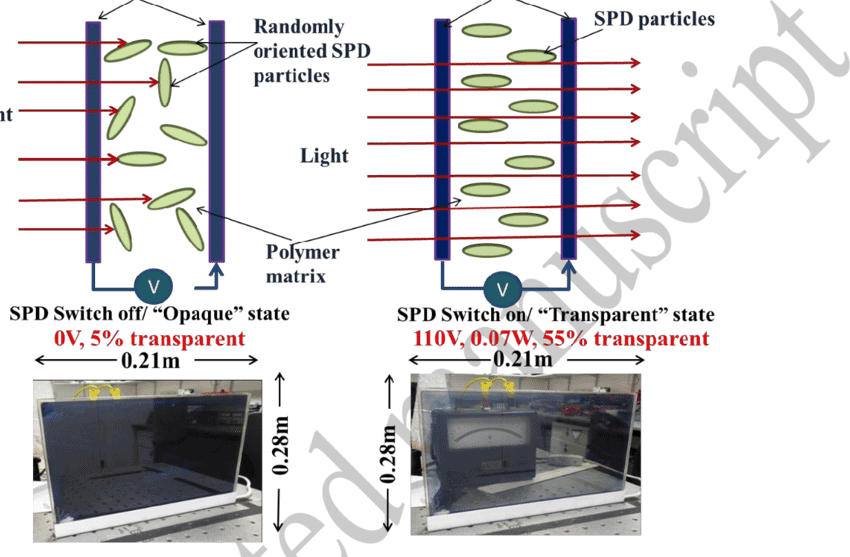
Suspended-particle glass involves the installation of a switchable film laminate on existing glass. This technology allows you to turn existing windows to smart particle devices, and it’s often more cost effective for homeowners to install.
SPD glass may also involve sandwiching the film between two sheets of glass or plastic, but it retains its ability to switch between a clear view and blocking sunlight at the touch of a button or flick of a switch.
The film hosts a liquid with rod-shaped nano-scale particles. Without a present charge, the particles arrange themselves randomly and achieve the smart tint needed. Electricity acts like the cord on window blinds, controlling how much light the film allows to pass through.
These windows also absorb UV light, regardless of whether or not a charge is present. The film can also control light, heat, and glare, making it a great choice for windows on external walls.
Polymer-Dispersed Liquid-Crystal (PDLCs) Smart Glass
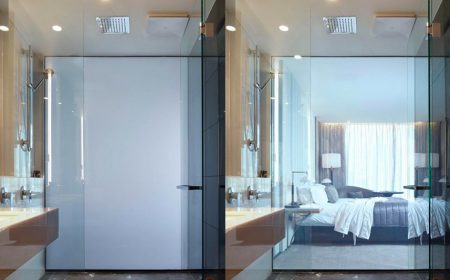
Polymer-dispersed liquid-crystal glass involved curing dissolved or dispersed liquid crystals in a (then-solidified) polymer solution. When changed from liquid to solid form, the crystals become incompatible and form droplets in the polymer.
The curing process affects the size of the droplets, affecting window operation and use. This technology usually exists in a film sandwiched between two planes of glass and uses a tinny layer of a clear conductive material as a capacitor.
Without electricity, the liquid crystals sit randomly and the glass has a translucent appearance that minimizes light pass-through.
When voltage is applied, the crystals line up to allow the light through while minimizing any scatter. You control transparency by increasing or decreasing the voltage.
Benefits of Smart Windows
While some can afford to go without smart glass, it offers plenty of benefits that often pay for themselves. These include:
- Enhanced privacy
- Energy efficiency
- Blocking harmful UV rays
- Foregoing blinds, curtains, and other window coverings
These benefits are universal, but their weight differs depending on your situation and needs.
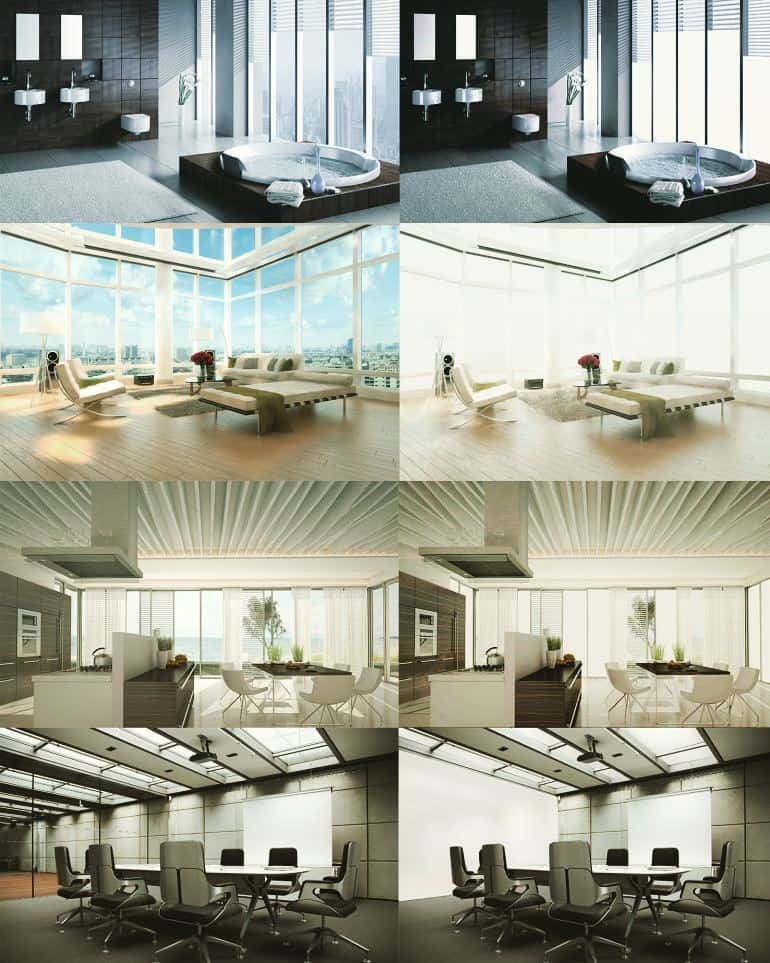
Privacy
One of the main benefits of smart glass is access to quick and easy privacy transitions. The technology is common in high-privacy areas such as:
- Meeting rooms
- Bathrooms or showers
- House windows that open to public view
Switchable glass allows you the option for attractive and seamless privacy. It has a timeless appearance and can be controlled with a button or switch, reducing any reliance on blinds or curtains that may crowd your space.
Energy Efficiency
As mentioned before, window technology can shave as much as 20 percent off your heating and cooling costs. Smart glass is incredibly effective in rejecting infrared light that increases the temperature of your home.
By protecting the climate of your space, these windows pay for themselves over time and offer great environmental benefits.
As temperatures across the globe reach record highs and lows, a smart window is a great way to future-proof your home and keep costs low. If you’re already needing to upgrade your windows to optimize energy efficiency, smart windows should be on your mind.
Block Harmful UV Rays
While ordinary glass can filter out UVB rays, it still leaves skin vulnerable to UVA sun rays. Both are harmful to skin and can cause long-term damage.
Comparatively, the UV-proof layer of smart glass can block as much as 99 percent of UVA rays, regardless of whether it is on or off. This technology better protects you from issues such as:
- Wrinkles
- Dark spots/freckling
- Skin cancer
Adding smart windows or film to the areas you frequent dramatically changes your circumstances and improves your chances of leading a healthy life.
No Blinds or Curtains
While they don’t cost as much as replacing existing windows with smart technology, blinds and curtains can cost anywhere from a few hundred to a few thousand dollars for your home or office.
They also offer subpart benefits in terms of privacy and energy efficiency, increase cleaning responsibilities, and may need replacement in a few years. They don’t offer the same timeless appeal as smart windows, and may be more trouble than they are worth.
For these reasons, many start to consider smart glass when faced with the need to add blinds or curtains to their existing windows.
Conclusion
Smart windows are easy to use and maintain. They’re safer for homes with small children or animals and have built-in privacy and efficiency benefits. These panels are built to last, meaning your investment will go a long way.
Budget is the main roadblock to overcome when considering smart windows for your space. While the technology has come a long way, it’s still relatively new and has a price to match that novelty.
There are ways to minimize costs if needed, but for some it makes more sense to wait a year or more for the competition to level out.
Let us know what you think about using smart windows in your home or office!

